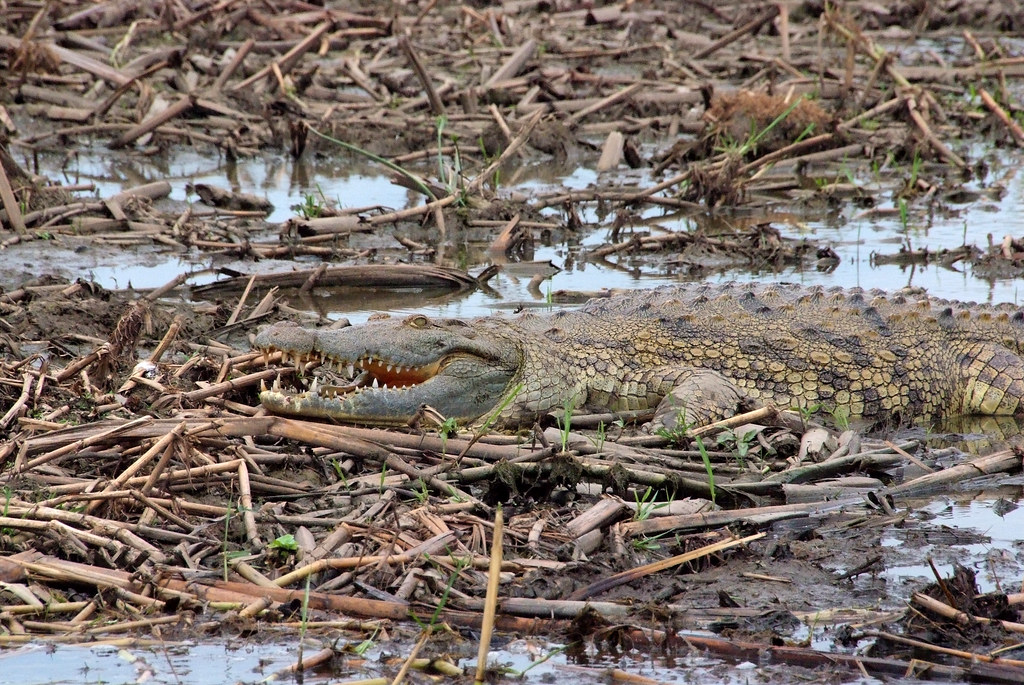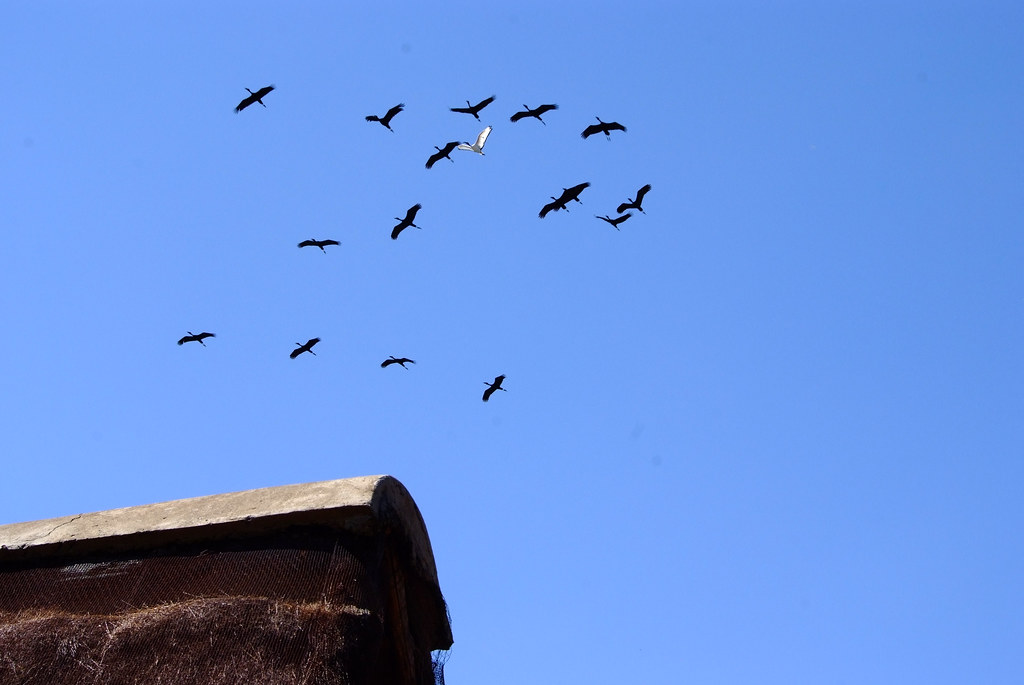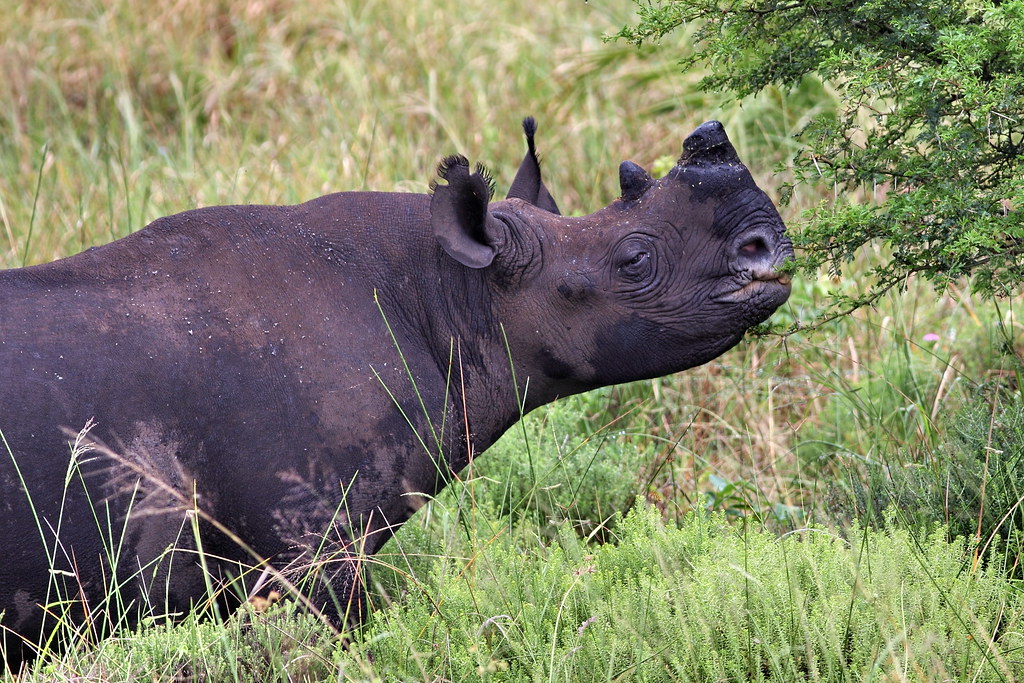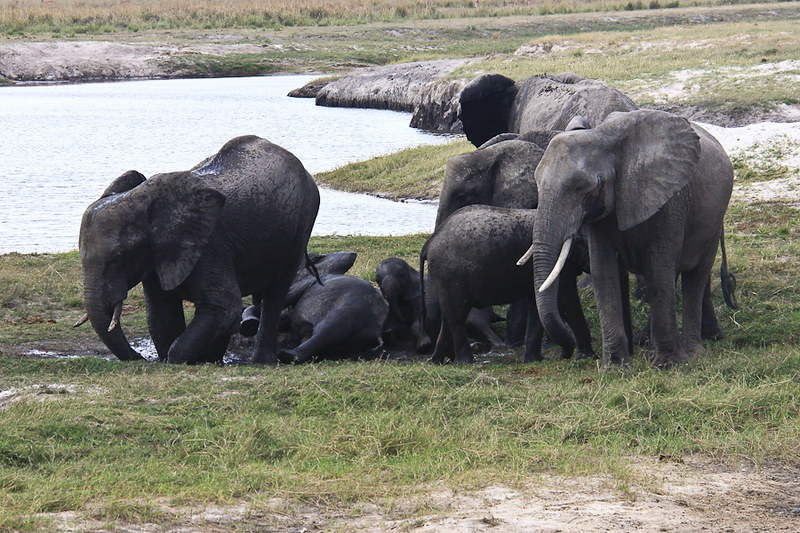
Conservation initiatives in Uganda
Conservation initiatives for wildlife in Uganda
Wildlife conservation initiatives in Uganda are highlighted during the global observance of World Wildlife Day each year. The theme for this year is “Partnerships for Wildlife Conservation,” focusing on the relationships and roles of many industrial stakeholders in conservation efforts.
These encompass the private sector, enterprises, governmental bodies, non-governmental groups, policymakers, and local communities. World Wildlife Day is observed annually on 3 March and was instituted by the United Nations General Assembly in 2013. The date was chosen to commemorate the signing of the Convention on International Trade in Endangered Species of Wild Fauna and Flora (CITES), which took place on March 3, 1973. Uganda is a participant in this accord uniting governments from 184 nations to combat the illicit trading of wildlife species.
Wildlife conservation, as defined by National Geographic (NAT GEO), is the protection of wild flora and fauna in their native habitats. According to a recent conservation research by Flora and Fauna International (FFI), threats to wildlife such as habitat loss, climate change, pollution, illegal wildlife trade, and illnesses are endangering over 1 million species due to ecosystem degradation. Species are classified as Vulnerable, Near Threatened, Endangered, or Critically Endangered based on the severity of the threat they face. The International Union for Conservation of Nature (IUCN) Red List of Endangered Species maintains the conservation status of diverse species.
conservation initiatives
Regrettably, numerous animal species in Uganda fall into these classifications, including the endangered mountain gorillas and chimpanzees. The severely endangered golden monkeys, elephants, and grey crowned crane, which is the national bird. Lions and cheetahs are at risk. This has motivated numerous environmental and conservation activities in Uganda aimed at preserving biodiversity.
Individuals intending to visit Uganda may engage in distinctive wildlife and cultural conservation activities, such as lion studies, coffee safaris, and gorilla and chimpanzee trekking. Certain studies entail practical experience, including information collection via photography, field surveys, and wildlife tracking. Volunteering opportunities can be arranged through tour operators that assist in planning and selecting the most appealing options. We have compiled a list of non-profit organizations, animal research initiatives, and conservation projects that you can explore and engage with on your safari in Uganda.

Tourism in Uganda relies on nature and wildlife, making conservation essential. The industry is supported by the government and driven by the private sector. The tourist value chain encompasses numerous players, including 937 licensed tour guides, more than 3,879 accommodation providers, and 1,111 tour operators.
conservation initiatives
The 2019 report from the Ministry of Tourism, Wildlife and Antiquities (MTWA) reveals that, before the COVID-19 pandemic, Uganda’s economy derived $1.37 billion, equivalent to 5,093 billion Uganda Shillings, from travel and tourism, accounting for approximately 3.64% of the total gross domestic product (GDP). Furthermore, over 1.5 million employment were created, with 20% of Ugandans employed in the tourism sector.
The government assists stakeholders in the tourism industry through quality assurance and product diversification. This has resulted in a transition in Uganda safaris from conventional travel options. Domestic tourism initiatives such as #ExploreUganda, along with collaborations that unite nature, culture, individuals, artists, and businesses, aim to implement optimal sustainable practices and deliver superior services, hence enhancing Uganda’s reputation as the premier destination in East Africa. Unique cultural and animal experiences, research excursions, filmmaking and video opportunities, mountain climbing, and running with Uganda’s champions in Kapchorwa are available.
Preservation via public health
The local non-profit organization Conservation through Public Health (CTPH) aims to facilitate coexistence between humans and wildlife, particularly mountain gorillas. The project aims to tackle the economic and health challenges faced by local communities surrounding Bwindi Impenetrable National Park and other protected sites in Uganda, including Virunga, Mount Elgon, Pian Upe, and Queen Elizabeth National Parks.
Dr. Gladys Kalema, the founder of CTPH in 2003, previously served as a wildlife veterinary doctor and conservationist with the Uganda Wildlife Authority (UWA). Her commitment to wildlife conservation via a One Health concept, which acknowledges the interconnection of wildlife, humans, and the environment, has earned her numerous international honors, including the San Diego Zoo Conservation in Action award (2008). The CTPH headquarters are situated in the Buhoma gorilla sector of Bwindi Forest, which hosts 459 gorillas, over half of the global mountain gorilla population of 1,063. The gorilla population is consistently rising, but the forest size remains static. The primates recognize no boundaries and occasionally infiltrate the agricultural grounds of the populace.
conservation initiatives
Gorillas share 98% of their DNA with humans and are susceptible to viral diseases such as influenza, Ebola, and Covid-19 upon exposure to human or domestic trash. CTPH endeavors to offer solutions through the surveillance of gorilla health and their habitat. They collaborate with Village Health and Conservation Teams (VHCTs), gorilla doctors, the Uganda Wildlife Authority (UWA), and Bwindi Community Hospital.
During gorilla trekking, you can engage and contribute to their conservation efforts. CTPH provides chances for volunteering, internships, and research assistance at the Gorilla Health Institute in Buhoma, which also offers housing at the Gorilla Conservation Camp. Furthermore, CTPH aids coffee farmers through the Gorilla Coffee Conservation Safari, an initiative that enhances their agricultural abilities and procures their beans at a premium price. A coffee safari provides an opportunity to understand the cultivation and harvesting of coffee. All proceeds assist CTPH’s efforts to conserve gorillas and enhance livelihoods.
Rhinoceros conservation initiative
conservation initiatives
Five white rhinos were transported with the assistance of Chester Zoo and Kenya and released into a natural habitat enclosed by an electric fence and monitored by UWA rangers. The current population of over 33 rhinos demonstrates the effectiveness of animal conservation initiatives in Uganda. Once the sanctuary’s rhino population reaches its carrying capacity, the rhinos will be reintroduced into the wild. RFU functions on privately held land, making it financially difficult to maintain land use rights; therefore, visiting the sanctuary aids in the preservation of rhinos in Uganda. The Ziwa Rhino Sanctuary provides an opportunity to observe rhinos via an on-foot trekking experience. Furthermore, one may seek the shoebill stork tour and secure lodging at facilities such as Ziwa Rhino Campsite and Amuka Lodge, which are accessible for reservation via the trip operator.
Empirical lion tracking and research
Lion tracking is offered in the northern section of Queen Elizab eth National Park, specifically in the Kasenyi Plains, where the UWA Visitor Information Centre is situated along the Mweya Peninsula on the Kazinga Channel. The protected area boasts significant biodiversity, encompassing over 600 avian species, the “big four” mammals—elephant, buffalo, leopard, and lion—alongside hippos and chimps.
eth National Park, specifically in the Kasenyi Plains, where the UWA Visitor Information Centre is situated along the Mweya Peninsula on the Kazinga Channel. The protected area boasts significant biodiversity, encompassing over 600 avian species, the “big four” mammals—elephant, buffalo, leopard, and lion—alongside hippos and chimps.
A primary tourist attraction for park visitors is the lions, notably the renowned Ishasha tree-climbing lions in the southern section. The park hosts more than 200 of the estimated 400 lions in Uganda, as reported by the Wildlife Conservation Society of Uganda (WCSU). Lions at Queen Elizabeth National Park are distinguished by their tree-climbing behavior, although they are succumbing to human-wildlife conflict.
conservation initiatives
Hamukungu hamlet, adjacent to the park, provides local community experiences and boat trips on Lake George, has had a rise in lion fights due to its coexistence with wildlife. A pride consisting of 5 lions and 7 cubs was recently discovered deceased, presumably owing to poisoning, a method employed by villagers to retaliate against animals who threaten their livestock or invade residential areas. Snaring is an illicit method employed by poachers to capture small and medium-sized antelopes.
The traps ultimately ensnared lions, including one adult female whose limb was removed, resulting in misery and eventual death a few years later. The Lion Research initiative, part of the Uganda Carnivore Program, unites several partners, including the Uganda Conservation Foundation (UCF), to mitigate risks to lions in Uganda.
The cost of a lion tracking permit is $100 per individual, obtainable through UWA or a tour operator. According to Uganda (WCS), each lion in Queen Elizabeth National Park contributes approximately $13,500 annually, significantly impacting Uganda’s economy. Lions are crucial to both the ecosystem and the local economy due to their regulation of herbivore populations. According to WCS, each lion in Queen Elizabeth National Park contributes about $13,500 annually, substantially enhancing Uganda’s economy. They must be preserved for future generations.
Chimpanzee research expeditions
Uganda hosts more than 5,000 chimpanzees, comprising 13 primate species, with about 1,500 located in Kibale National Park and 600 in Budongo Forest Reserve. Chimpanzee trekking safaris in both locations provide enhanced opportunity to observe humanity’s closest relatives in their natural habitat, as well as prospects for chimpanzee research and habituation experiences. Additionally, chimpanzee treks are offered in the Kyambura Gorge and Kalinzu Forest wildlife areas, located within Queen Elizabeth National Park.
Chimpanzees predominantly inhabit deep primary tropical rainforests in western Uganda. They are omnivorous beings that consume both flora and fauna, and they share 98.5% of human DNA. They comprise 50% of their food with fruits, seeds, leaves, and flowers. They also obtain protein from mushrooms, insects, and tiny animals. Chimpanzees can traverse an area of 6 to 70 square kilometers in search of food, contingent upon their home ranges.
conservation initiatives
 Earth Watch is collaborating with UWA and conservationists to investigate the causes of changes in fruiting seasons and to assist local people. Tour operators now offer bookings for chimpanzee research excursions, whether for safari tourism or volunteer possibilities in Uganda. Visitors will have the opportunity to see and monitor chimpanzees in Budongo while contributing to the gathering of data on primate eating behavior.
Earth Watch is collaborating with UWA and conservationists to investigate the causes of changes in fruiting seasons and to assist local people. Tour operators now offer bookings for chimpanzee research excursions, whether for safari tourism or volunteer possibilities in Uganda. Visitors will have the opportunity to see and monitor chimpanzees in Budongo while contributing to the gathering of data on primate eating behavior.
Research on giraffes and elephants
African elephants are highly endangered and face a significant risk of extinction. Over 5,000 elephants inhabit Uganda, primarily inside Kidepo, Murchison Falls, and Queen Elizabeth national parks. The Murchison Falls Conservation Area is a significant protected region, housing more than 1,330 elephants and over 1,450 of the 1,575 Nubian giraffes in Uganda, or about 50% of the total Nubian giraffe population in Africa.
conservation initiatives
The commencement of oil and gas extraction along the shores of Lake Albert, situated near the northern boundary of the park, has prompted a concentrated study of elephants and giraffes. The Uganda Conservation Foundation, in partnership with the Giraffe Conservation Foundation, UWA, and additional collaborators, is doing a comprehensive investigation of the species. Travelers can participate in trips studying giraffes and elephants. Furthermore, a honeymoon route exists south of the Nile River, allowing people to traverse on foot with a ranger to observe giraffes and elephants.
Conserving wildlife is essential not only to protect biodiversity and avert species extinction but also to ensure human survival. Given that nature provides abundant oxygen, food, water, and numerous ecosystem services, human survival is contingent upon its preservation. Wildlife serves as a significant tourist attraction in nations where ecotourism development in protected areas fosters cash for local economic advancement.


